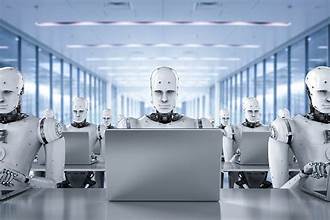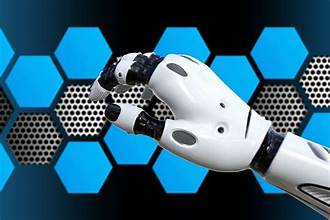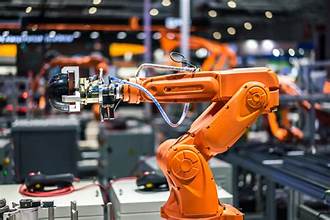
Introduction
In recent years, robotics has made significant strides, fundamentally transforming the landscape of automation. These advancements are not only enhancing efficiency and productivity across various industries but also opening new horizons for technological innovation. This article delves into the recent breakthroughs in robotics and explores how they are shaping the future of automation.
1. Evolution of Robotic Technology
The field of robotics has evolved dramatically from its early days. Early robots were primarily used in controlled environments like manufacturing plants, performing repetitive tasks with limited flexibility. However, recent breakthroughs have led to the development of robots that are more adaptive, intelligent, and versatile. Innovations such as advanced sensors, machine learning algorithms, and improved materials have significantly expanded the capabilities of robots.
2. Advanced AI Integration
One of the most significant advancements in robotics is the integration of advanced artificial intelligence (AI). Modern robots are equipped with sophisticated AI algorithms that enable them to learn from their environment, make decisions, and improve their performance over time. This integration allows robots to perform complex tasks with higher precision and adapt to dynamic environments, making them invaluable in various applications, from healthcare to logistics.
3. Collaborative Robots (Cobots)
Collaborative robots, or cobots, represent a major breakthrough in the field. Unlike traditional industrial robots that operate in isolation, cobots are designed to work alongside humans. They are equipped with sensors and safety features that allow them to interact safely with human workers. Cobots enhance productivity by taking over repetitive or dangerous tasks, enabling human workers to focus on more complex and creative activities. This collaboration not only boosts efficiency but also improves workplace safety and job satisfaction.
4. Enhancements in Robotic Perception
Robotic perception has seen remarkable improvements thanks to advancements in computer vision and sensor technology. Modern robots can now perceive and interpret their surroundings with greater accuracy. This enhanced perception allows robots to perform tasks such as object recognition, spatial mapping, and dynamic navigation. For instance, autonomous vehicles rely on advanced perception systems to navigate safely through complex environments. These improvements are crucial for applications that require high levels of precision and real-time decision-making.
5. Development of Soft Robotics
Soft robotics is an emerging field that focuses on creating robots from highly flexible and adaptable materials. Unlike traditional rigid robots, soft robots can conform to various shapes and handle delicate objects with care. This breakthrough is particularly valuable in fields like healthcare, where soft robots can assist in surgeries or provide rehabilitation support. The development of soft robotics also opens up new possibilities for exploring unstructured environments, such as underwater or extraterrestrial exploration.
6. Automation in Healthcare
Robotics is revolutionizing healthcare by enabling more precise and efficient medical procedures. Surgical robots, for example, allow for minimally invasive surgeries with greater accuracy, leading to faster recovery times and reduced risks for patients. Robots are also being used in rehabilitation to assist patients with physical therapy and in elderly care to provide companionship and support. These advancements are improving the quality of healthcare and expanding access to medical services.
7. Impact on Manufacturing and Industry
The manufacturing sector has been one of the primary beneficiaries of recent robotic advancements. Automation in manufacturing has led to significant increases in production efficiency, product quality, and workplace safety. Robots are now capable of performing a wide range of tasks, from assembly and welding to quality control and packaging. This increased automation allows manufacturers to meet higher demands, reduce operational costs, and stay competitive in the global market.
8. Challenges and Future Directions
Despite the numerous benefits of robotics, there are challenges that need to be addressed. Issues such as high initial costs, the need for skilled personnel, and ethical concerns about job displacement must be carefully considered. Future developments in robotics will likely focus on making technology more affordable, accessible, and capable of seamlessly integrating into various industries. Research into robotics ethics and policy will also play a crucial role in shaping the future of automation.
9. Conclusion
Recent breakthroughs in robotics are profoundly shaping the future of automation, offering enhanced capabilities, increased efficiency, and new opportunities across various sectors. As technology continues to advance, we can expect robots to play an even more integral role in our lives, driving innovation and improving quality of life. Embracing these advancements and addressing the associated challenges will be key to harnessing the full potential of robotics and automation.
10. Call to Action
To stay updated on the latest developments in robotics and automation, consider subscribing to industry newsletters, attending relevant conferences, and engaging with online communities focused on technological innovation. By staying informed, you can better understand how these advancements may impact your industry and explore opportunities for leveraging robotics in your own endeavors.









